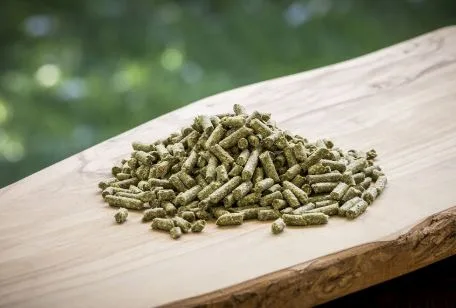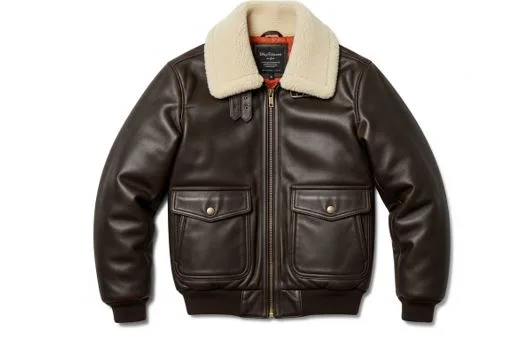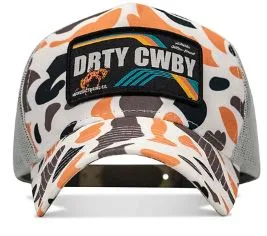Complete Overview: Hay Pellets for Senior Horses
As horses age, their nutritional needs evolve, and so must their diets. Senior horses often face challenges like dental issues, reduced digestion efficiency, and changes in body condition. For these reasons, many equine caretakers turn to hay pellets for senior horses as an effective and convenient solution. In this comprehensive guide, we explore what hay pellets are, their advantages for aging horses, how to incorporate them into a feeding routine, and how to choose the best pellets for your equine companion.
What Are Hay Pellets?
Hay pellets are compressed, ground hay formed into small cylindrical shapes. They typically come in uniform sizes and are made from various forages, such as timothy, alfalfa, orchard grass, or a blend. Hay pellets are nutritionally similar to traditional baled hay but offer some key differences in form and digestibility.
For senior horses, this transformation into a soft, easily manageable form is particularly beneficial. Aged horses with worn, missing, or painful teeth can struggle to chew long-stem hay, leading to wasted feed and inadequate fiber intake. Hay pellets for senior horses ensure that these animals still receive the fiber essential to their digestive health without the strain of chewing tough forage.
Why Senior Horses Need a Specialized Diet
Aging brings several physiological changes in horses:
- Dental deterioration: Loss of teeth, sharp points, and gum sensitivity can impair the horse’s ability to chew hay effectively.
- Reduced digestive efficiency: The aging gut becomes less capable of extracting nutrients from forage.
- Changes in metabolism: Senior horses often experience slower metabolism, muscle wasting, or, in some cases, obesity.
- Increased nutritional needs: Vitamins, minerals, and protein requirements can shift, requiring tailored feed solutions.
All these factors make the traditional hay-based diet potentially insufficient or difficult for seniors to process. That’s where hay pellets for senior horses play a pivotal role.
Benefits of Hay Pellets for Senior Horses
- Improved Digestibility
Because hay pellets are finely ground before being compressed, they are easier to digest. This is particularly helpful for older horses with less efficient digestive systems. The smaller particle size promotes faster breakdown and absorption of nutrients.
- Easier to Chew
Long-stem hay demands significant chewing, which can be painful or impossible for seniors with dental problems. Hay pellets eliminate this issue, especially when soaked in water to form a soft mash.
- Consistent Nutrient Profile
Unlike baled hay, which can vary in nutritional quality due to weather, storage, or field conditions, hay pellets for senior horses offer consistency. Each bag typically comes with guaranteed nutrient levels, which aids in more predictable feeding programs.
- Reduces Waste
Horses often scatter or trample baled hay, especially if it’s coarse or unappealing. Hay pellets are easier to portion, store, and feed, reducing overall waste.
- Supports Hydration When Soaked
Soaking hay pellets in water not only softens them but also increases water intake—vital for preventing colic and dehydration in senior horses.
Choosing the Right Hay Pellets
When selecting hay pellets for your senior horse, consider the following factors:
Forage Type
- Timothy pellets: Lower in protein, ideal for horses with lower energy needs.
- Alfalfa pellets: Higher in protein and calcium, suitable for horses needing weight gain or additional muscle support.
- Mixed-grass pellets: Balanced option, offering moderate energy and protein.
Additive-Free Products
Look for hay pellets without binders, artificial flavors, or molasses. Seniors may have sensitivities, and additives can interfere with digestion or trigger metabolic conditions.
Quality Assurance
Choose brands that test for mold, dust, and mycotoxins. Seniors are especially vulnerable to respiratory and gastrointestinal issues, so clean, high-quality pellets are essential.
Pellet Size and Texture
Some hay pellets are larger or denser than others. For horses with more severe dental issues, smaller or softer pellets that can be easily soaked are preferable.
How to Feed Hay Pellets to Senior Horses
- Determine Proper Quantity
Work with your veterinarian or equine nutritionist to determine how much hay pellet your horse should receive daily. As a general guideline, horses should consume 1.5% to 2% of their body weight in forage daily.
For a 1,000-pound horse:
- 15 to 20 lbs of forage = approximately 15 to 20 lbs of hay pellets (dry weight)
- Introduce Gradually
Start with small amounts and increase gradually over 7–10 days. This allows your horse’s digestive system to adjust and reduces the risk of colic or diarrhea.
- Soak When Needed
If your horse has severe dental issues or is prone to choke, always soak hay pellets. Use a 1:1 or 2:1 water-to-pellet ratio and allow 10–15 minutes to absorb. The result is a soft mash that’s both safe and hydrating.
- Use as Full or Partial Forage Replacement
Hay pellets can be fed as a complete hay replacement or as a supplement to traditional forage. If your horse can still chew some long-stem hay, a combination can be ideal for maintaining gut motility.
Common Misconceptions About Hay Pellets
Myth 1: They Don’t Provide Enough Fiber
Hay pellets, when derived from high-quality forage, provide just as much digestible fiber as baled hay. They are a complete roughage source and support healthy gut function.
Myth 2: Horses Need Long-Stem Hay to Prevent Colic
While long-stem forage does help stimulate gut motility, many seniors thrive on 100% hay pellet diets when they can no longer chew hay. Soaked pellets can maintain gut health just as well when managed properly.
Myth 3: Hay Pellets Are Too Expensive
While hay pellets may seem costly upfront, the reduction in waste, consistent nutrition, and improved health outcomes often balance out the investment. They’re especially cost-effective for horses that waste or reject baled hay.
Additional Tips for Feeding Senior Horses
- Add senior feed concentrates if needed for extra calories, vitamins, or fat.
- Monitor weight and condition regularly using a weight tape or scale.
- Check hydration levels with skin pinch and gum tests, especially in hot months.
- Provide free-choice salt and consider electrolyte supplements if soaking feed is limited.
- Maintain dental care, even if chewing ability has declined. Dental exams every 6–12 months help prevent infections or discomfort.
Conclusion
Hay pellets for senior horses are a practical, nutritious, and often essential part of caring for aging equines. They offer an accessible source of fiber, reduce the risks posed by dental decline, and ensure that your horse receives consistent, high-quality forage daily.
Whether you’re looking to supplement a traditional hay diet or provide a complete forage replacement, hay pellets can support your senior horse’s health, comfort, and longevity. Always consult with your equine vet or nutritionist to tailor the best plan for your horse’s individual needs—and rest assured that with hay pellets, you’re offering a safe and effective feeding strategy for your beloved senior companion.







